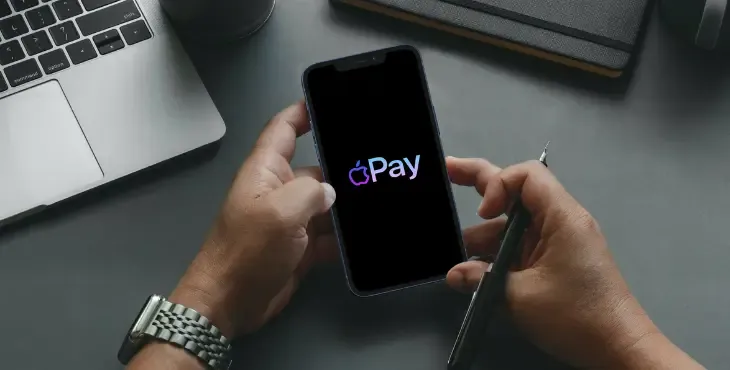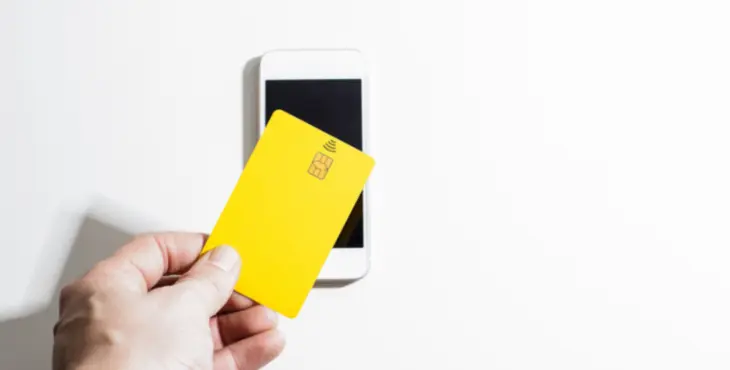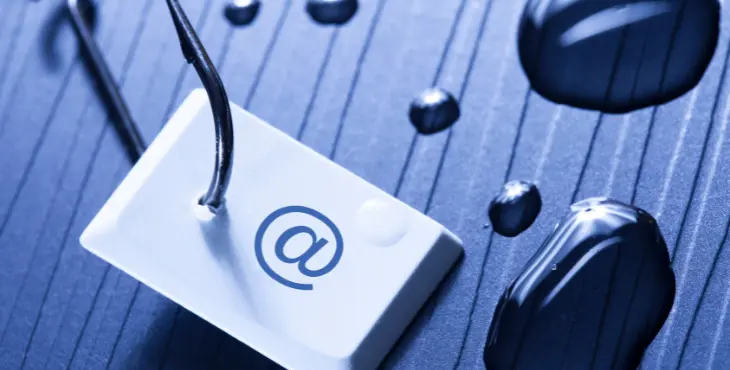
iPhone users targeted by new Apple Pay scam
When it comes to paying for goods and services online, Apple Pay is becoming an increasingly popular option. However, as with any form of payment, there are always risks involved – including the risk of being scammed.
So, how do Apple Pay scams work? And what can you do to protect yourself from them? Find out in this article.

What is Apply Pay?
Apple Pay is a digital wallet and mobile payment service by Apple that allows users of iPhone, iPad or Apple Watch to make payments in person, in iOS apps, and on the web. It's similar to other digital wallets like Google Pay and Samsung Pay. You can use Apple Pay to pay for things at stores that accept contactless payments, or you can use it to pay for things online.
This new payment option has already been used by millions of people worldwide and is becoming increasingly popular. Many businesses have been accepting this form of payment as well. However, there have been reports of a new scam where criminals are using Apple Pay to steal money from unsuspecting victims.
This is a perfect target for scammers because it's a new technology that not everyone is familiar with. That's why it's important to be careful when using Apple Pay, as there are many scams out there specifically targeting people who use this service.

Your Apple Pay has been suspended
If you're using Apple Pay, beware of a new scam that's been making the rounds. There is text message scam targeting iPhone users, saying that your Apple Pay has been suspended and to unlock it you need to click on the link provided in the text. If you do this, you will be redirected to a fake website posing as Apple, where scammers can collect your personal info such us name, address, bank account details or even passwords.
More interestingly, it turns out that Android phone users are also receiving these messages on their devices. Many unaware people click on these links, even though they do not even have Apple Pay account.
The most common Apple Pay scams

The scammer may also send an email or text message that looks like it's from Apple. The message will say that there's been a problem with your Apple ID account and that you need to update your payment information. When you click on the link in the message, you'll be taken to a fake website that looks almost identical to Apple's real website. The only difference is that the URL will be slightly different.
On this fake website, you'll be asked to enter your Apple ID and password, as well as your credit card information. Once you've entered all of this information, the scammer will have access to your account and can start making charges on your credit card.
If you go through and put your apple ID details in, you will be redirected to the actual Apple website to make you not suspect anything. This is a common method to allow the scammers to buy time and get your money in their offshore bank accounts.
If you get a message like this, do not click on the link! Delete the message right away. If you're not sure if a message is real or fake, you can always go directly to Apple's website and log in to your account from there.
This isn't the first time scammers have tried to trick people with phishing emails masquerading as Apple. Earlier this year, there was a similar scam going around that targeted iTunes users. So if you get an email from Apple, or any other company for that matter, always check to make sure it's legitimate before clicking on any links or entering any personal information.
Another very common way that fraudsters will target Apple Pay users, is by setting up fake websites which mimic legitimate businesses. They will then encourage people to input their details – including their Apple Pay information – in order to make a purchase. Once they have this information, they can then use it to make unauthorised transactions from the victim’s account.
Yet another way that Apple Pay scams can occur is through the use of malicious apps. These apps will often pose as legitimate businesses, but will actually be designed to steal your payment information. Once again, this can then be used to make unauthorised transactions from your account. The most common apps that do this are 'free' games, wallpaper apps, and face filter apps.
How to avoid Apple Pay scams?
If you have received a text, email or phone call that your Apple Pay wallet has been suspended or there is a problem with it, do not click on any links. This is more likely to be a scam message.
Log in to your account instead, using your username and password. If something was wrong, a message will appear here.
Then change the password. It is good practice to do this every few weeks. Make sure it is strong enough and consists of letters, numbers and special characters. This will help to prevent fraudsters from being able to access your account if they do manage to obtain your login details.
Make sure you use two-factor authentication and touch ID, if not - set it up immediately.
Do not click on any pop ups and ads claiming that your device has a security problem.
Remember not to use unsecured Wi-Fi networks or public Wi-Fi.
Only input your payment information into websites and apps that you trust. If you’re unsure about a website or app, do some research before inputting your details.
Always keep an eye on your account activity and report any suspicious transactions to your bank or card issuer immediately.
If you are unsure who is contacting you, visit Apple's and contact their support directly to get all the necessary information.
By following these simple steps, you can help to protect yourself from Apple Pay scams. Remember, if something seems too good to be true, it probably is! So, always be vigilant when making payments online – no matter what form of payment you’re using.

Where to report Apple Pay scammers?
If you have been the victim of this scam, or if you know someone who has, it is important to report it to the proper authorities so that they can investigate and take action to prevent others from falling victim to this crime. Here's what you need to know about the Apple Pay scam and how to report it.
You can report suspicious messages to [email protected]. IPhone users can report junk messages by clicking ‘Report Junk’ and block all nuisance callers.
You can also report scam messages by forwarding them to 7726.
The Apple Pay scam should also be reported to Action Fraud on 0300 123 2040.
If you have made any payments or provide scammers with banking information, passwords, login or card details etc. contact your bank immediately to cancel any unauthorized transactions.
Have you ever been the victim of a the Apple Pay phishing scam? What tips do you have for avoiding them? Share in the comments below!